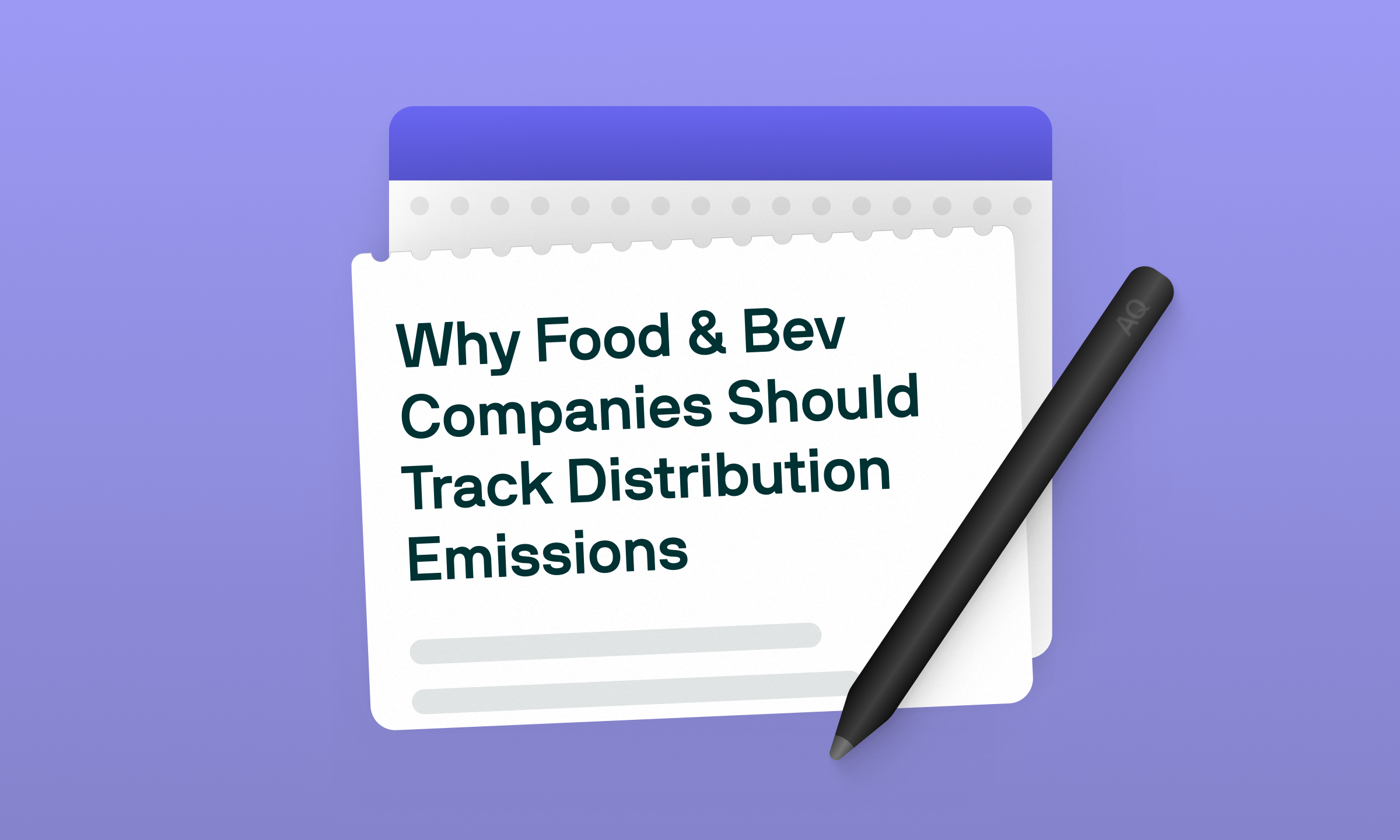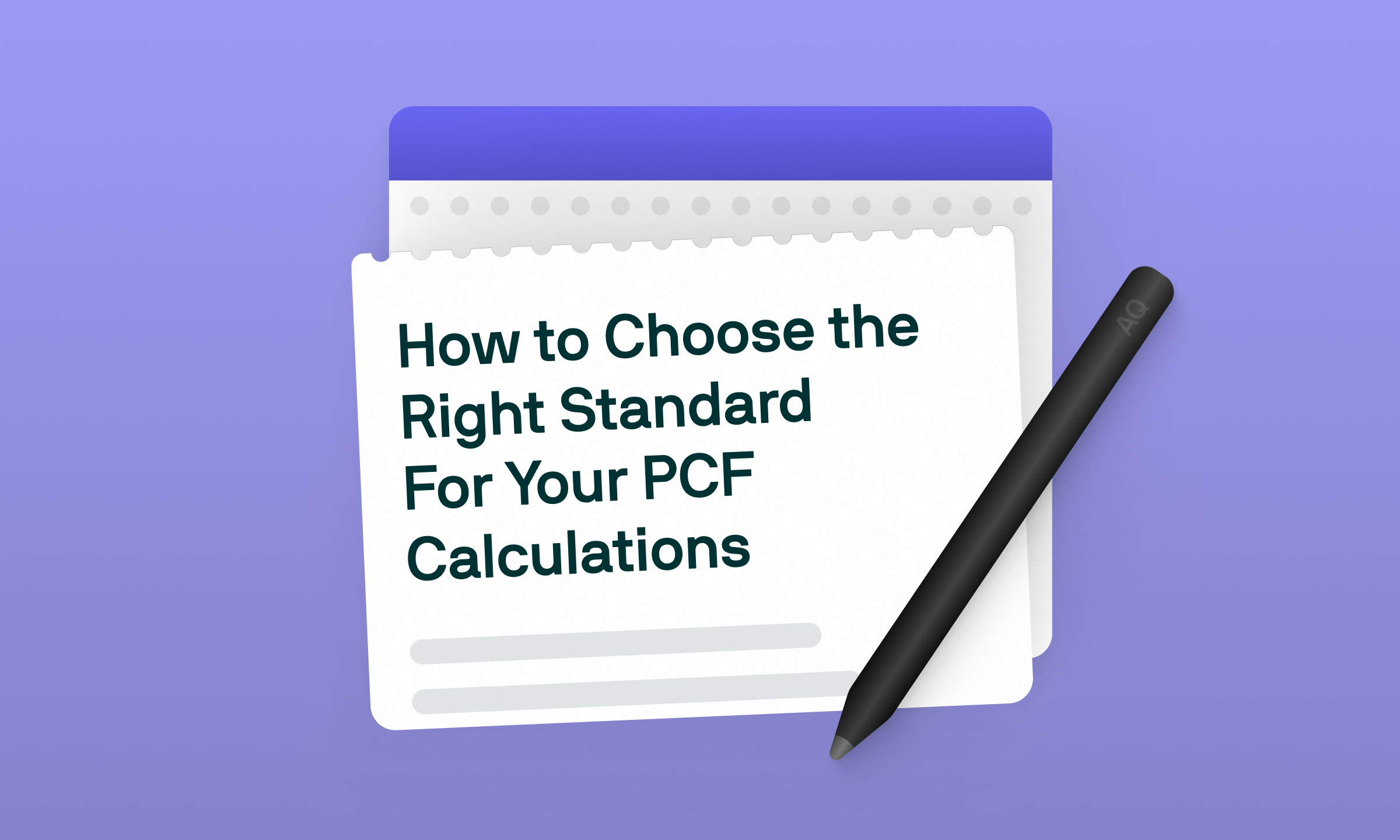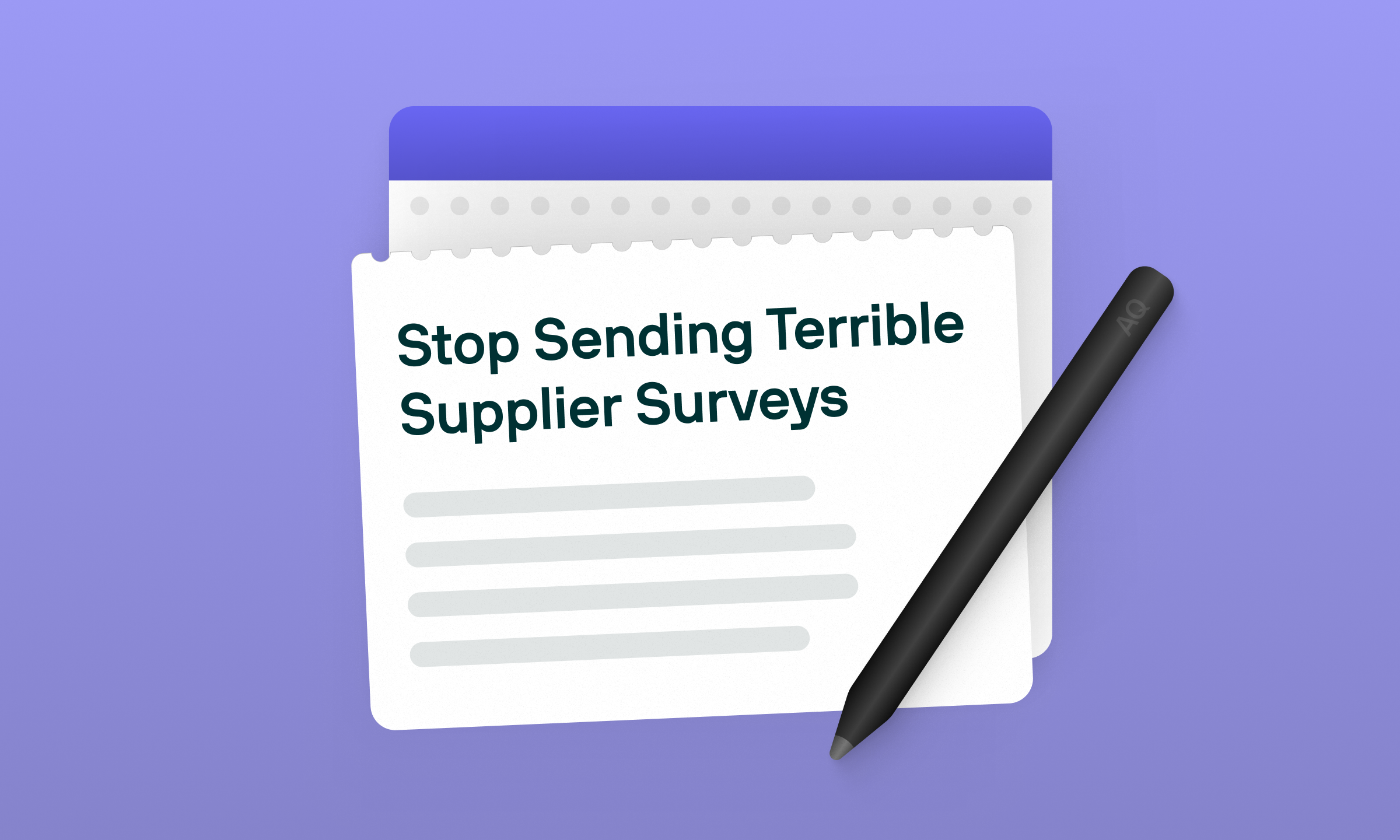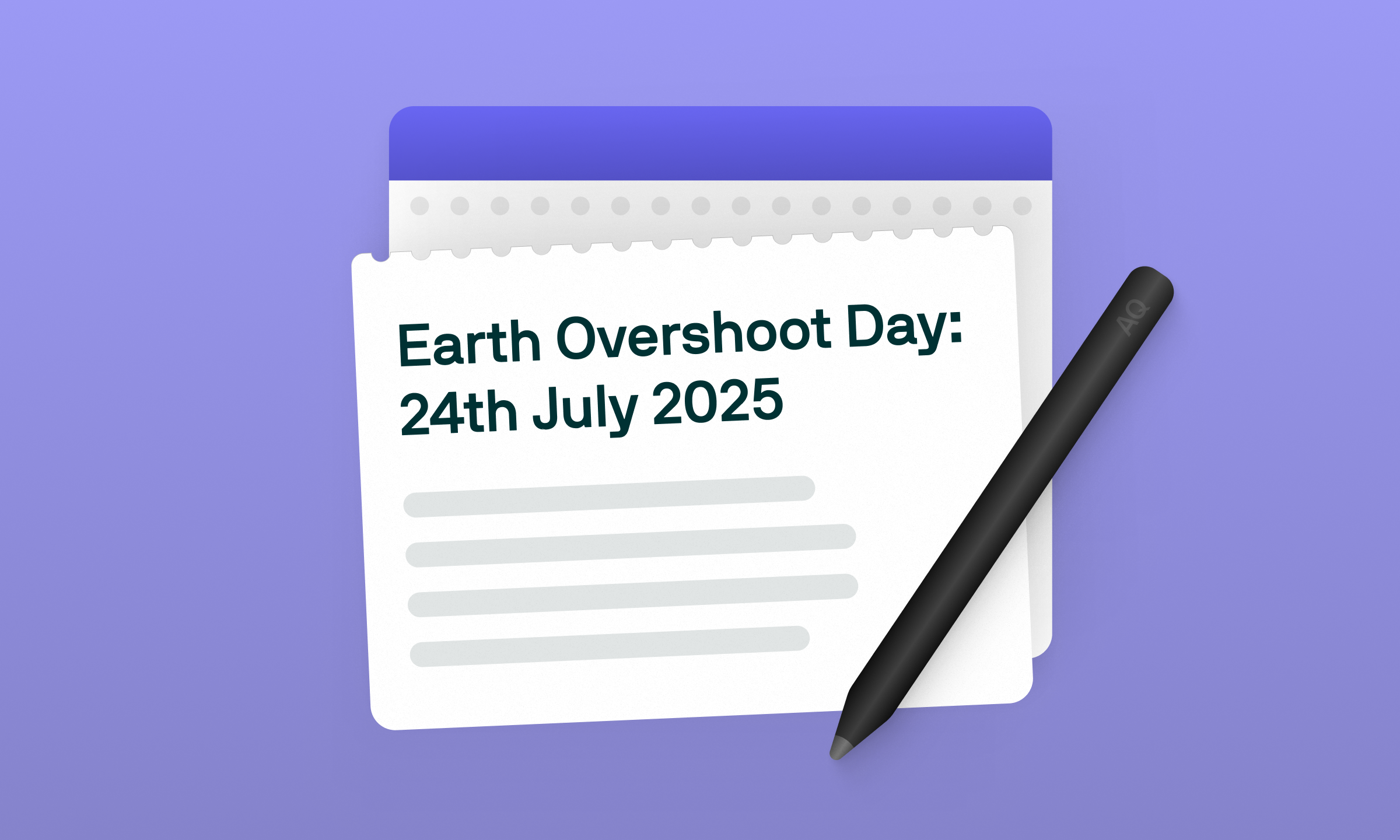How to Decarbonise Your Supply Chain With PCFs

What you'll learn



Introduction
Every procurement decision carries a carbon impact - but how do you know which changes will make the biggest difference? The answer is Product Carbon Footprints (PCFs).
Let's look at a practical example. Consider a jarred tomato product. PCFs reveal two distinct stories in your supply chain:
- For packaging, PCFs show that energy consumption in plastic and glass processing drives your emissions. Your next step is to work with suppliers on switching to renewable energy.
- For the tomatoes themselves, PCFs could highlight that farmland use creates your biggest impact. Here, partnering with farmers to implement regenerative agriculture practices becomes your priority.
In this example, we can see that using PCFs in a MAP-ACT-TRACK framework helps you drive supply chain decarbonisation more efficiently. Let's break down the framework:
- Map: Gather accurate PCFs from your suppliers to establish your true baseline and identify priority areas.
- Act: Develop targeted roadmaps and implement specific actions with your suppliers based on PCF insights.
- Track: Measure updated PCFs to validate progress and adjust strategies based on proven results.
MAP: Understanding Your Supply Chain Emissions
Moving from industry averages to supplier-specific PCFs will transform how you understand your supply chain emissions. PCFs give you precise visibility into your footprint - pinpointing exactly where action will drive the greatest impact.
Using PCFs in this initial mapping phase is crucial for two reasons:
- It allows you to set a more accurate product baseline.
- It enables smarter prioritisation by identifying which products and supplier categories drive your largest emissions.

Best Practice: Build Supplier Cohorts
Rather than attempting to gather PCFs from every supplier simultaneously, organise suppliers into focused cohorts based on procurement categories. For instance, grouping all dairy suppliers together.
This structured approach delivers three key benefits:
- Enables targeted engagement strategies tailored to each category.
- Streamlines data collection and progress tracking.
- Creates opportunities for suppliers in similar categories to learn from each other.

ACT: Turning PCF Insights into Action
With PCFs providing visibility into your emissions network, the next step is developing targeted decarbonisation strategies. But first, let's address a common question: should you prioritise by individual suppliers or by product categories?
The answer is that both approaches can drive meaningful change:
- Supplier-specific: Focus on a small group of key suppliers, developing customised decarbonisation roadmaps (as covered in our previous article).
- Category-based: Create dedicated strategies for specific product types (e.g., a comprehensive milk decarbonisation strategy across your dairy suppliers).
Your PCFs will guide effective action regardless of which path you take.

Accelerate Supply Chain Decarbonisation
Once you've identified your focus areas, three key levers can drive change:
- Educational Initiatives
- Commercial Levers
- Enablement Support
Educational Initiatives
- Share category-specific decarbonisation roadmaps
- Outline clear expectations and timelines
- Provide guidance on emission reduction opportunities
🍅 For example
A food manufacturer shares a detailed decarbonisation roadmap with their packaging suppliers, outlining specific steps to reduce emissions from plastic processing. The roadmap includes target dates for transitioning to renewable energy and benchmarks for energy efficiency improvements.
Commercial Levers
- Develop incentive programmes for suppliers who achieve reduction targets
- Integrate sustainability criteria into procurement decisions
- Consider premium pricing for lower-carbon alternatives
🐮 For example
A dairy company offers their farmers a premium price for milk when they implement low-methane feed solutions. This creates a clear financial incentive for farmers to invest in emission-reducing practices while ensuring the additional costs are fairly shared.
Enablement Support
- Support access to sustainable solutions
- Facilitate knowledge sharing between suppliers
- Provide tools and resources for PCF calculation
🧠 For example
A retailer provides their suppliers access to a low-cost PCF calculation tool, enabling them to generate PCFs efficiently. This removes one of the biggest barriers to supply chain decarbonisation - suppliers' ability to even measure and share their carbon footprint data.


Other Common Challenges
While providing PCF calculation tools addresses one critical barrier, procurement teams often encounter two other major challenges in their decarbonisation journey:
Data Sensitivity
Suppliers often hesitate to share what they view as commercially sensitive information. Build trust by:
- Adopting standards like PACT that protect commercial sensitivity
- Providing suppliers with separate, secure accounts
- Establishing clear data usage protocols
Strategic Focus
Don't boil the ocean (climate change is already doing that). Instead:
- Focus on your highest-impact categories first
- Track progress systematically across multiple levels
- Scale your supplier engagement gradually and strategically
TRACK: Measuring Progress and Impact
You've implemented your strategy and engaged your suppliers - but how do you know if these efforts are driving real change? Once again, PCFs provide the answer. By comparing updated PCFs against your initial PCF baseline, you can quantify the true impact of your decarbonisation initiatives.
Impact = Pre-initiative PCF - Post-initiative PCF
Short-Term PCF Review
You can review PCFs annually to validate the effectiveness of your interventions, identify where adjustments are needed, as well as celebrate and scale successful initiatives.
Long-Term Perspective
Remember that true supply chain transformation takes time. Your decarbonisation strategy could span 5-7 years, allowing the implementation of systemic changes, supplier adaptation and resource allocation, and achievement of more ambitious reduction targets.

Additional Resources
Watch our digital event on demand to learn how focusing on Product Carbon Footprints (PCF) exchange can transform decarbonisation efforts along your supply chain.


.svg.webp)






.png)



